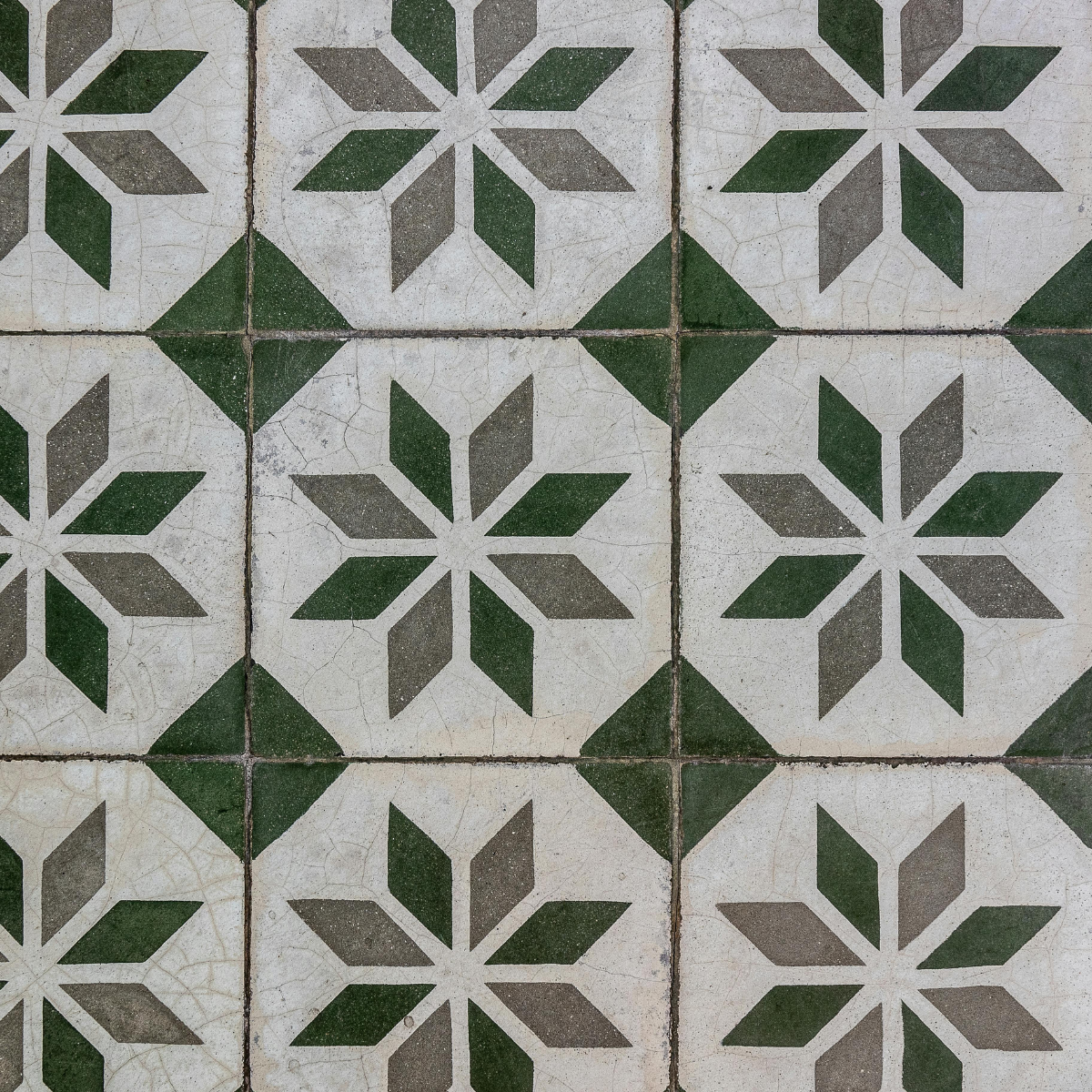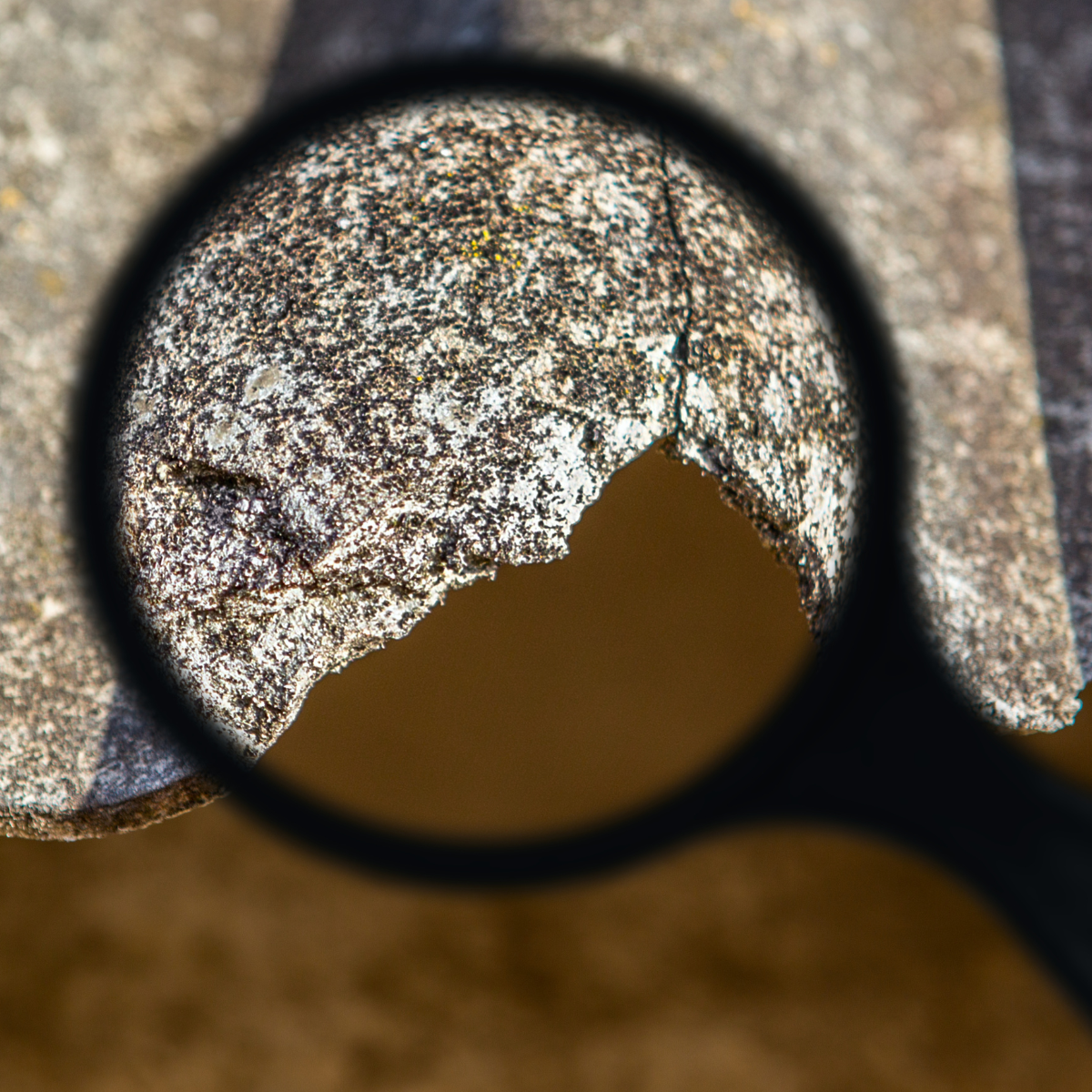They don’t scream danger.
They’re not crumbling from the walls.
They’re just… there. Sitting quietly beneath your feet.
But some floor tiles—especially in homes and buildings built before 1990—could be hiding asbestos.
It’s one of the most overlooked hazards we deal with. And honestly? If we had a pound for every time we lifted lino to find original bitumen-backed tiles stuck down with asbestos adhesive—we’d have retired on a resin-coated yacht by now.
Let’s talk about what you need to know (and check) before you get carried away with a floor makeover.
Where Are Asbestos Floor Tiles Hiding?
They were cheap, tough, and fire-resistant. So naturally, they were used everywhere:
- 1950s–1980s homes
- Office buildings
- Schools
- Council flats
- Shops and warehouses
- Hospitals and public buildings
You’ll often find them under:
- Lino or laminate
- Carpets and carpet tiles
- Hardwood or parquet flooring
And they were often stuck down with asbestos-containing adhesive, too. Double trouble.
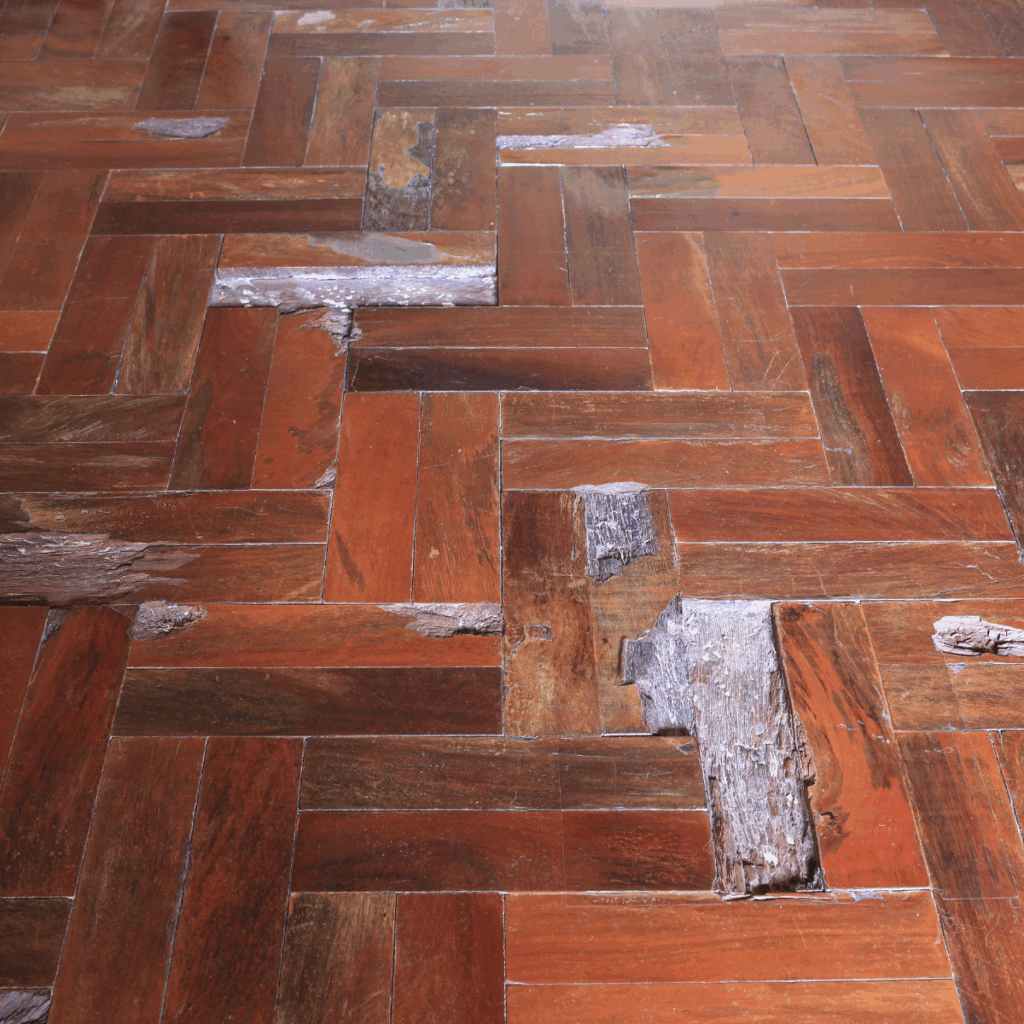
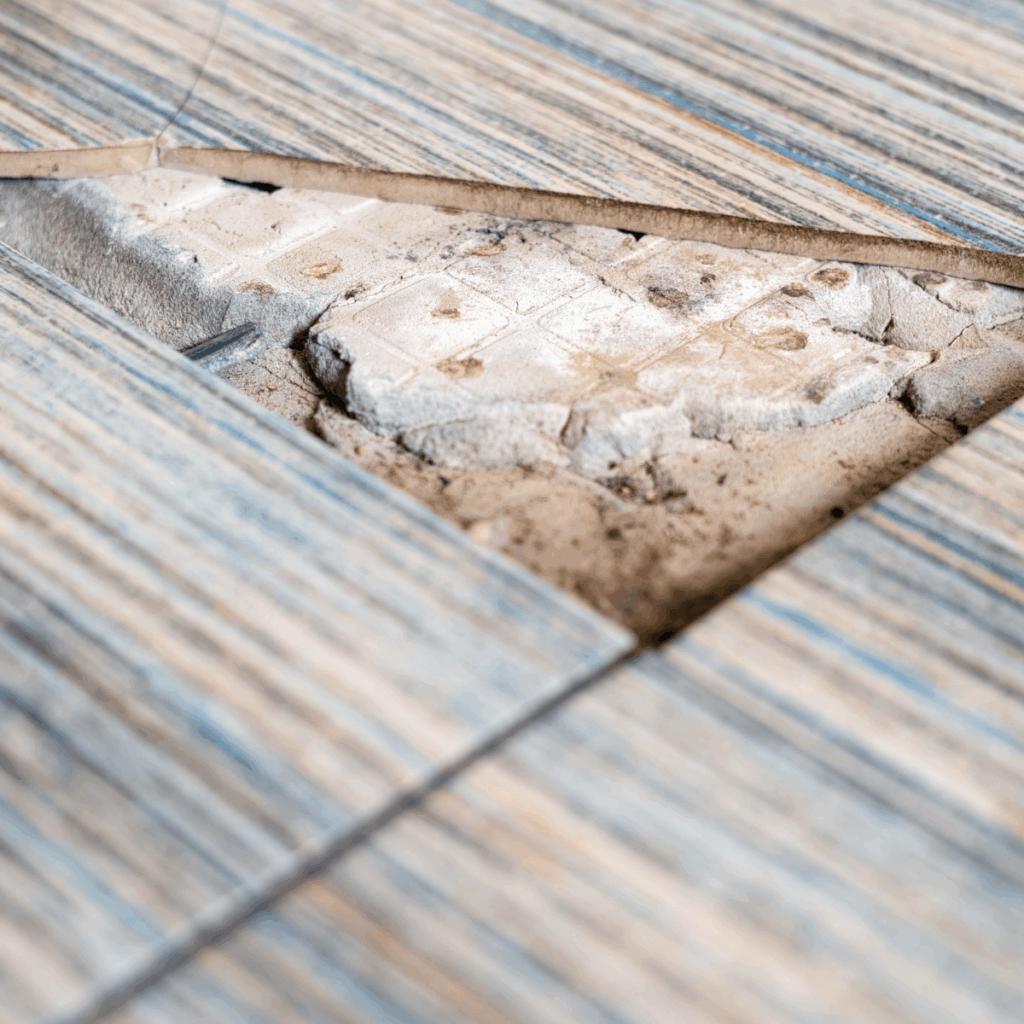
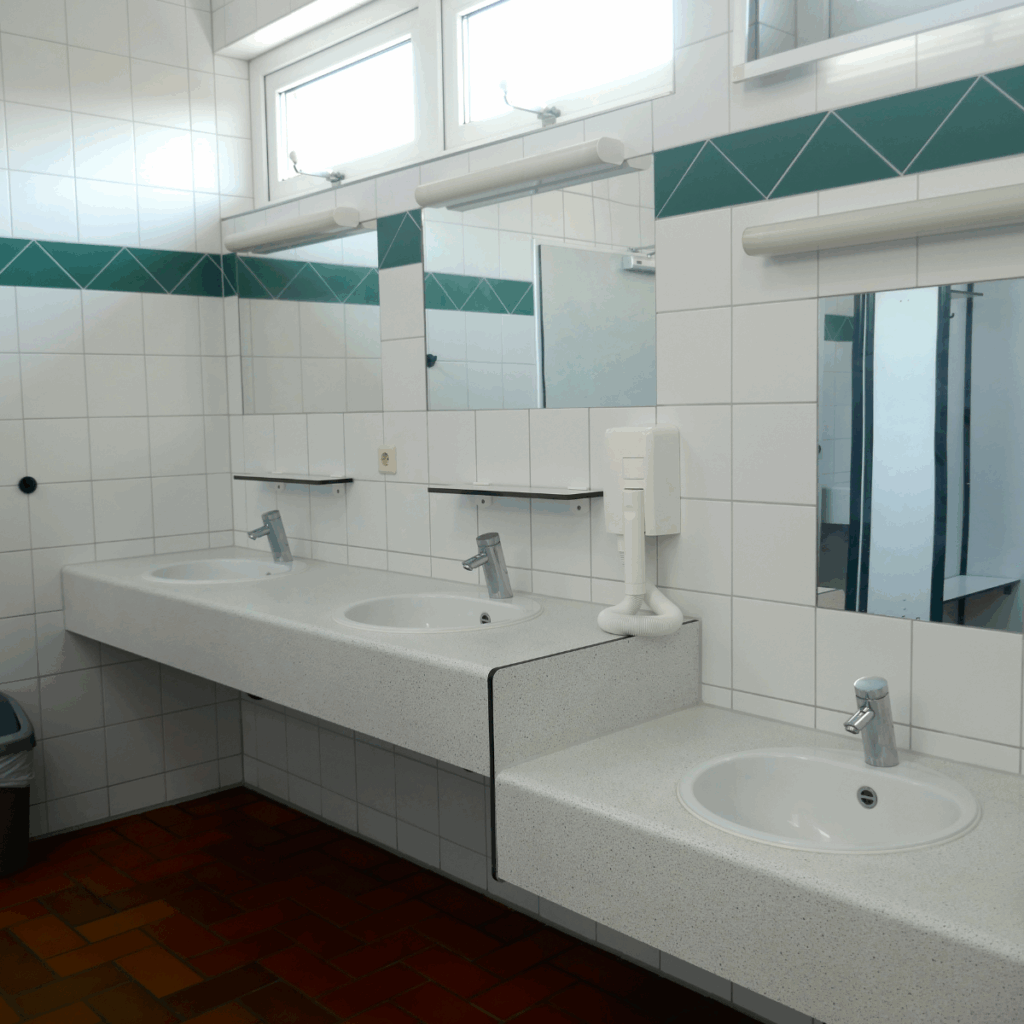
Don’t Peel, Don’t Chip, Don’t Sand
The trouble with asbestos tiles is disturbing them—especially during:
- Renovations
- Heating system upgrades
- Plumbing work
- DIY projects
If they break, crack, or get sanded down (yes, we’ve seen that happen 🤦♀️), asbestos fibres can be released into the air.
And trust us—hoovering won’t cut it.
It’s Not Just Industrial – It’s in Homes Too
People tend to assume asbestos floor tiles are just in big old factories. Nope.
We’ve removed them from family kitchens, hallway floors, under-stairs cupboards, and garage conversions.
If you live in a property built before 2000 and haven’t had a proper check—assume there’s a risk until a survey proves otherwise.
What Should You Do?
- Don’t disturb the tiles
- Don’t try to lift or break them yourself
- Call WestCross for an asbestos floor tile survey and removal plan
Our licensed team will test the materials, remove anything dangerous, and make sure your home or workplace is safe.
Because you should feel good about your floors—without worrying about what’s lurking beneath them.
Frequently Asked Questions – Asbestos in Floor Tiles
1. How do I know if my floor tiles contain asbestos?
Older floor tiles (pre-2000) may contain asbestos, especially if they’re 9-inch squares or have black adhesive. Only lab testing confirms it.
2. Is it safe to remove asbestos floor tiles myself?
No. Disturbing asbestos tiles releases harmful fibres. Always use a licensed removal service like WestCross for safe extraction.
3. Are asbestos floor tiles dangerous if left alone?
If undisturbed and in good condition, they pose minimal risk. But if cracked, lifted, or sanded—they become a serious hazard.
4. Can WestCross remove asbestos tiles from homes and commercial buildings?
Yes—we handle domestic, commercial, and industrial removals, offering full risk assessments, removal, and clean-up services.
5. What happens during asbestos tile removal?
We isolate the area, use specialised PPE and extraction tools, and dispose of materials via certified waste channels—ensuring full safety compliance.
If your floors haven’t been checked, they could be hiding danger. Let WestCross handle it, before that “retro tile” becomes a real problem.


